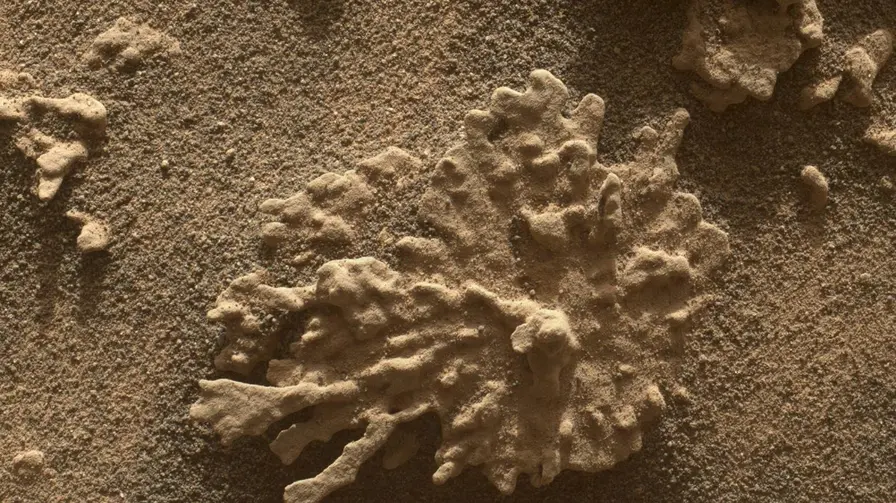T4K3.news
Bronze Age sheep reveals ancient plague path
Ancient Yersinia pestis found in a Bronze Age sheep in Russia sheds new light on how plague spread across Eurasia.
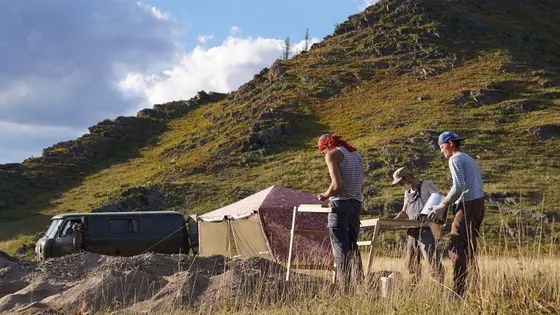
Researchers sequenced Yersinia pestis from a Bronze Age sheep, revealing how livestock may have shaped plague transmission across Eurasia.
Bronze Age sheep genome reshapes view of ancient plague spread
An international team recovered the first ancient Yersinia pestis genome from a nonhuman host, a 4,000-year-old domesticated sheep from the Arkaim site in Russia. The finding, published in Cell, suggests the Bronze Age plague circulated across the Eurasian Steppe and that livestock could have helped bridge transmission between humans and wildlife. The team sequenced DNA from the sheep tooth and found a lineage related to strains previously identified in humans in the region.
The study notes the broader context of Bronze Age disease, including evidence that the same bacterial lineage moved across large distances and was present in multiple communities. While the exact mechanism of animal-to-human transfer remains unclear, the researchers say livestock may have facilitated exposure, possibly through food, water, or meat. Experts caution that, even with this animal host, many questions about how the plague moved in that era still exist, underscoring the complexity of ancient disease ecology.
Key Takeaways
"Yersinia pestis is a zoonotic disease that emerged during prehistory, but so far the way that we have studied it using ancient DNA has been completely from human remains, which left us with a lot of questions and few answers about how humans were getting infected."
Lead author Ian Light-Maka on the study's significance
"Evolution can sometimes be 'lazy,' finding the same type of solution independently for a similar problem; the genetic tools that worked for pestis to thrive for over 2000 years across Eurasia might be reused again."
Hendrik Poinar discusses the pathogen’s adaptability
"It is not surprising, but it is very cool to see the DNA isolated from an ancient animal."
Poinar on the finding
"We’re sort of unveiling this in real time and trying to get a sense for how Bronze Age nomadic herders out in the Eurasian Steppe were setting the stage for disease transmission."
Lead author Ian Light-Maka on ongoing work
This discovery shifts the lens on ancient illness from a human-centric archive to a broader ecosystem picture. It shows that domesticated animals could act as bridges in disease transmission, a lesson that resonates with today’s concerns about zoonotic pathogens. The finding also highlights the power of ancient DNA to fill gaps left by human samples, inviting a rethinking of how nomadic societies and their livestock shaped regional health patterns.
Yet the study also signals limits. A single animal genome cannot map every route of ancient spread, and the authors emphasize caution when generalizing to all Bronze Age outbreaks. If replicated with more animal remains, the archive could reveal which species mattered most and how trade and mobility across the steppe altered the plague’s course.
Highlights
- Ancient DNA rewrites how plague moved across Eurasia
- Livestock may have bridged humans and plague in the Bronze Age
- The sheep tooth opens a map to a long lost chapter of history
Risk of misinterpretation of ancient disease data
The study relies on a single animal specimen and ancient DNA, which means conclusions about Bronze Age transmission should be cautious. Headlines or social media could oversimplify these findings or imply direct links to modern outbreaks.
The past speaks through DNA, if we listen with care.
Enjoyed this? Let your friends know!
Related News
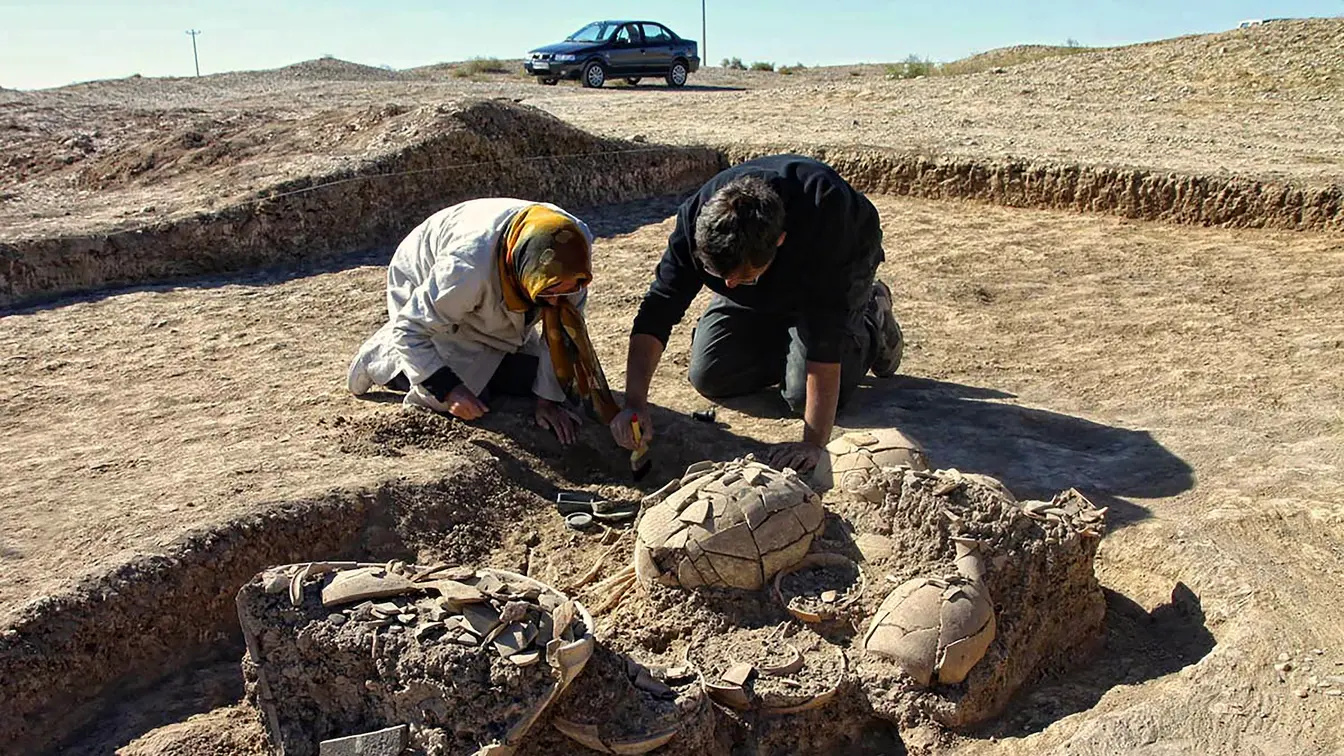
Ancient elite burial site uncovered in Iran
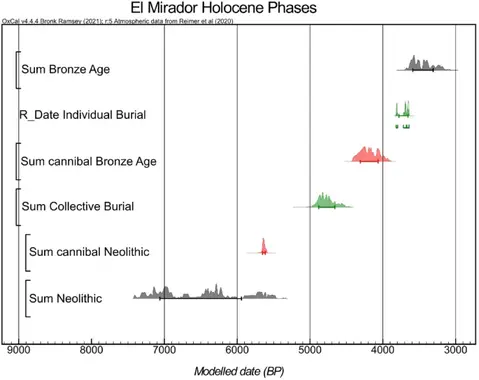
New evidence reveals cannibalism in ancient Spain
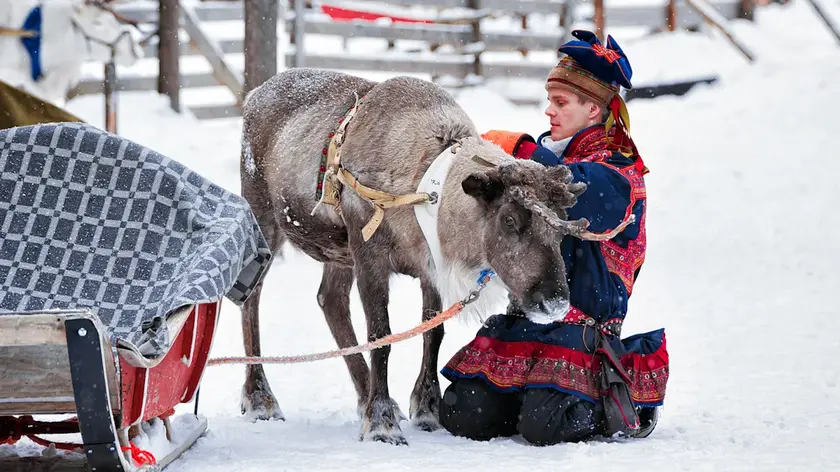
Ancient DNA connects modern Europeans to Siberians

Ancient artifacts reveal Earth's magnetic history

Ancient Mishkan structure potentially discovered at Tel Shiloh

Discovery of Comet 31/ATLAS Sparks Interest
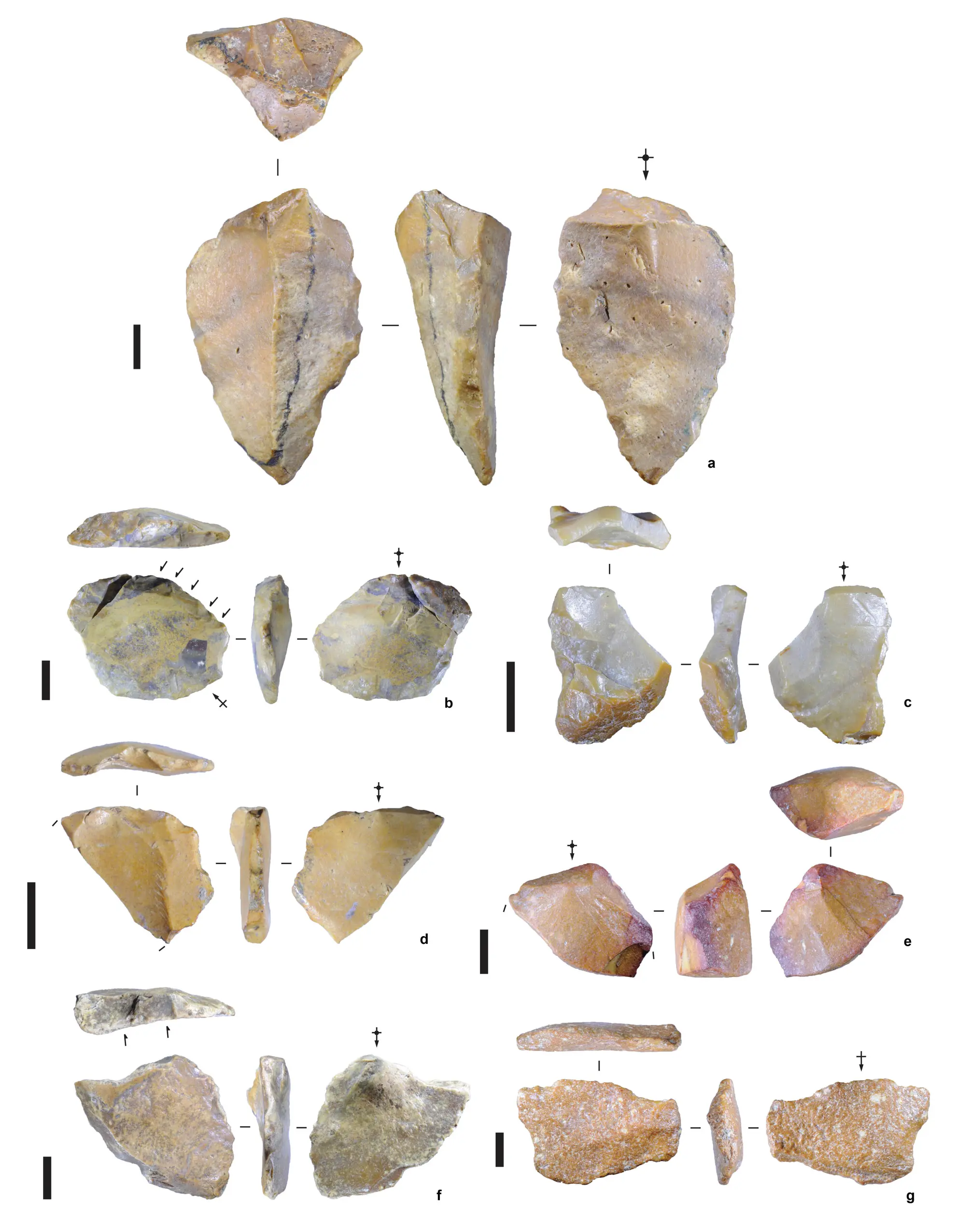
Ancient human tools found on Sulawesi

Ancient meteorite found in Georgia ages older than Earth
